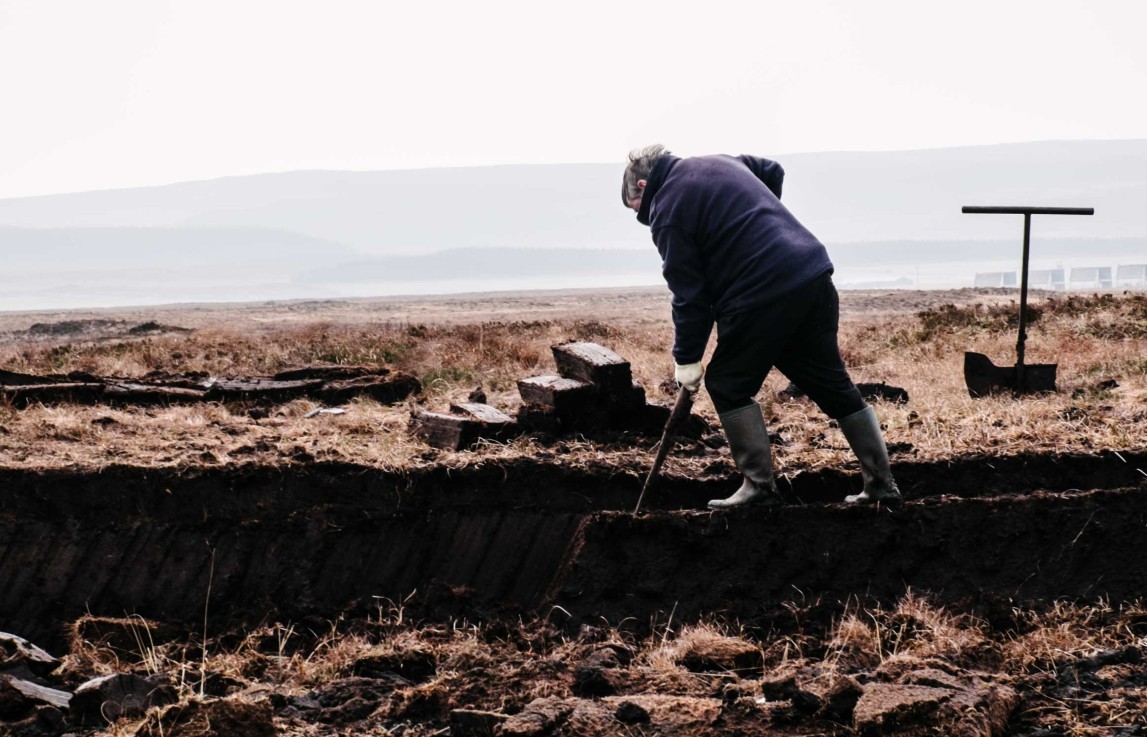Caring for the Land

Part of the landscape
For many, Scotch Whisky is Scotland.
Each expression of Scotch Whisky has its own character that reflects the landscape around it, its flavour profiles influenced by crucial raw materials including grain, water, and in many cases, peat. It is our responsibility to ensure that we use these materials carefully and responsibly, and our work as the SWA helps to support best practice across the membership.
Cereals and Scotch Whisky
We will work with agricultural partners to explore how we can make sure our barley, and the other cereals we use for producing Scotch Whisky, support our Net Zero ambition and improve environmental management on farms. Agricultural emissions are some of the hardest to reduce, but are important to tackle in our journey to Net Zero. We are collaborating with farmers and maltsters to help find sustainable solutions through research and development, while exploring new technologies and techniques that reduce emissions and improve environmental performance whilst still delivering high quality cereals for use in the malting process.
Peat
Peatlands are one of Scotland’s most important carbon stores, as well as supporting water quality and improving biodiversity across the country. The Scotch Whisky industry also uses a small quantity of peat from a handful of sites in Scotland, solely to impart barley with a distinctive smoky character during the malting process. This is then used in certain whiskies to provide their unique flavour. As a user of peat, we are determined to play a key role in preserving and restoring this habitat however we can. Our Commitment to Responsible Peat Use, launched in 2023, outlines how our industry is extracting peat as responsibly as possible, using it efficiently, and driving peatland restoration. We support the International Union for the Conservation of Nature (IUCN) UK Peatland Strategy 2040 and work closely with a growing network of stakeholders to advocate for a better understanding of peatlands and to promote further restoration activity across the country.
The launch of the Scotch Whisky Associations sector strategy, highlighting the ambition of its members to demonstrate responsible stewardship for the land, water, products and packing it uses, is very welcome. We look forward to working with the Association to help deliver the peatland conservation and restoration goals set out in the UK Peatland Strategy.
Emma Goodyer, IUCN UK Peatland Programme Leader

